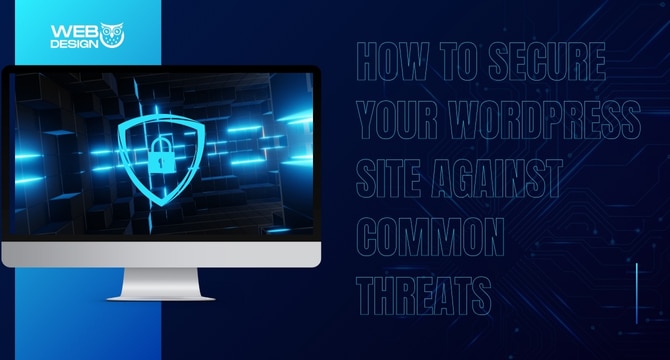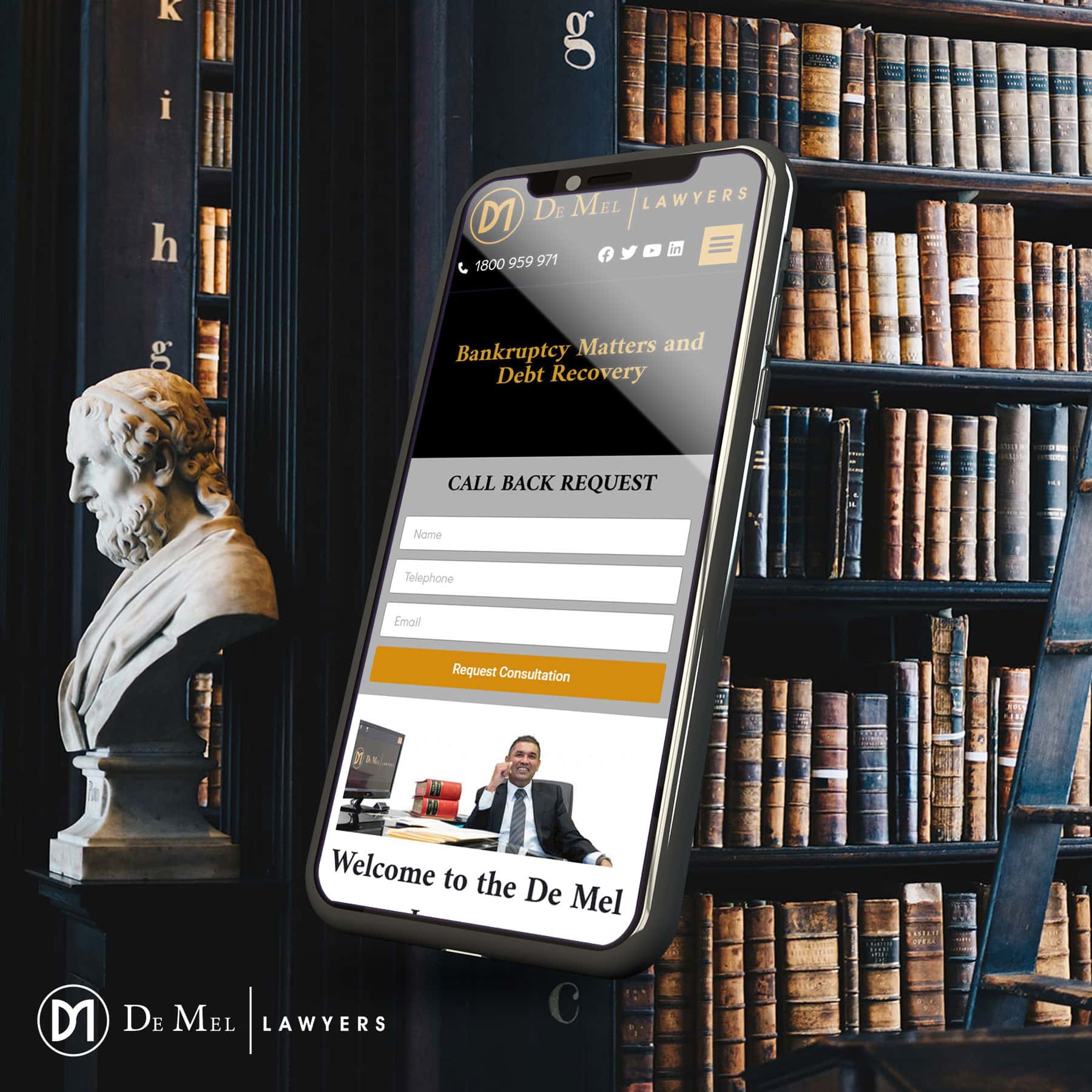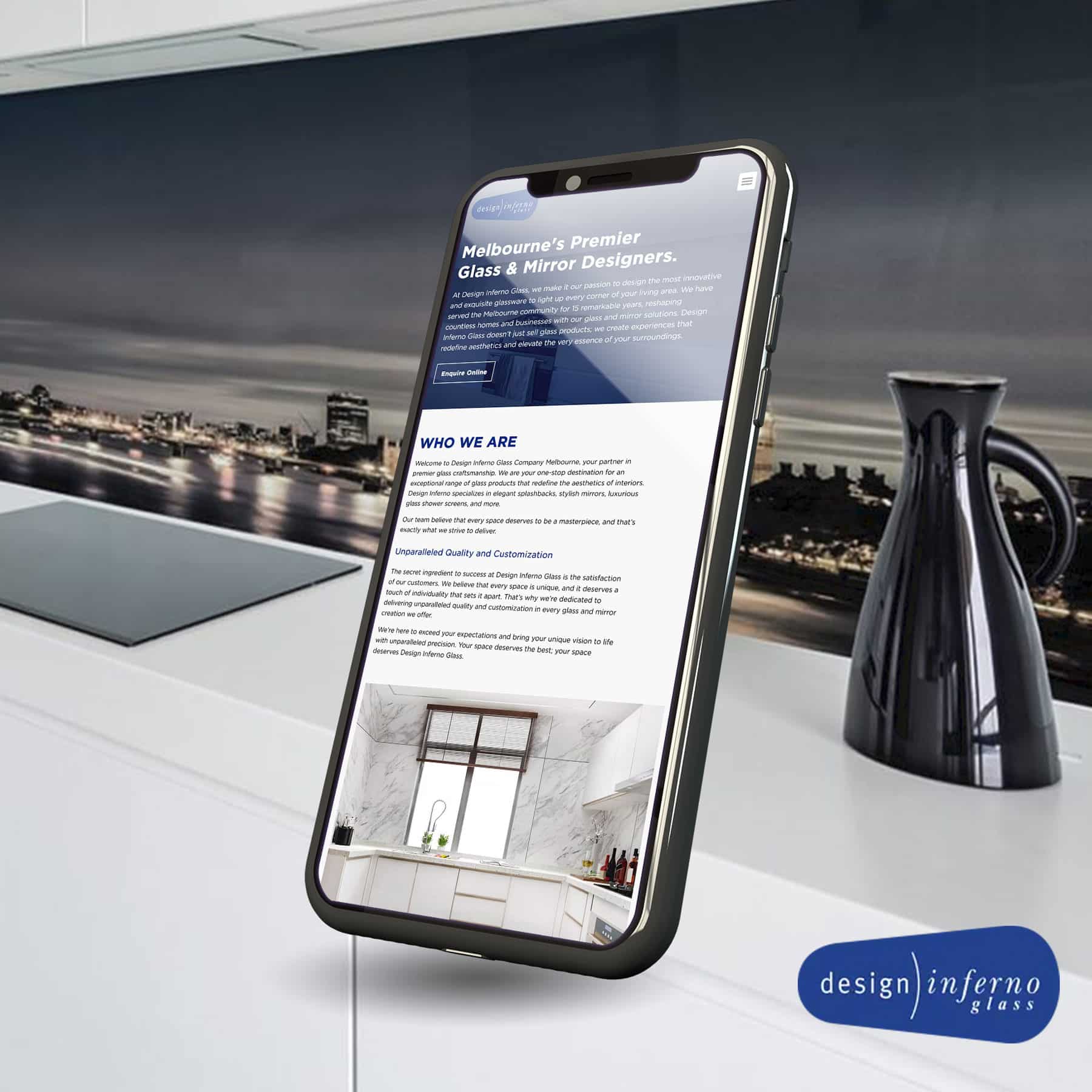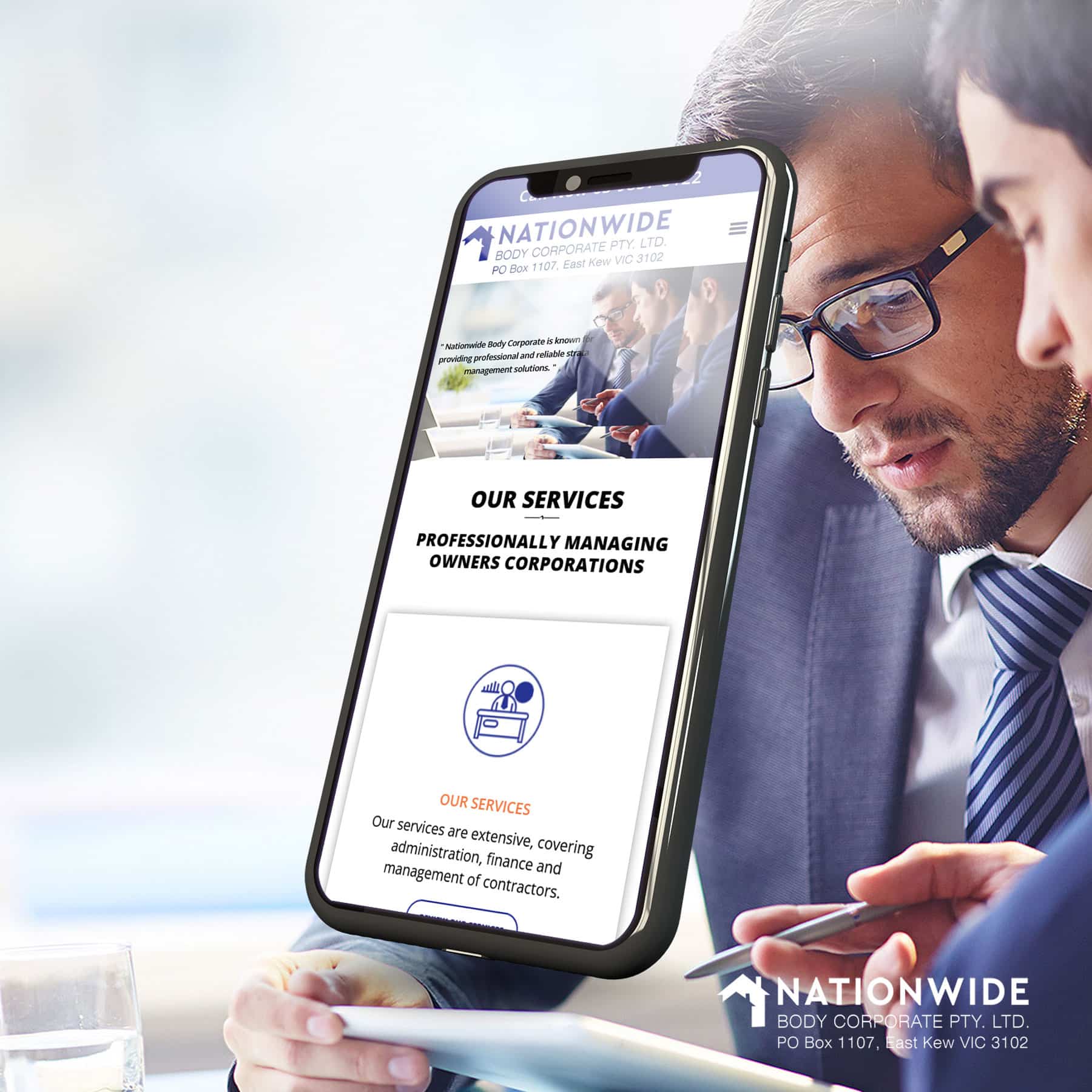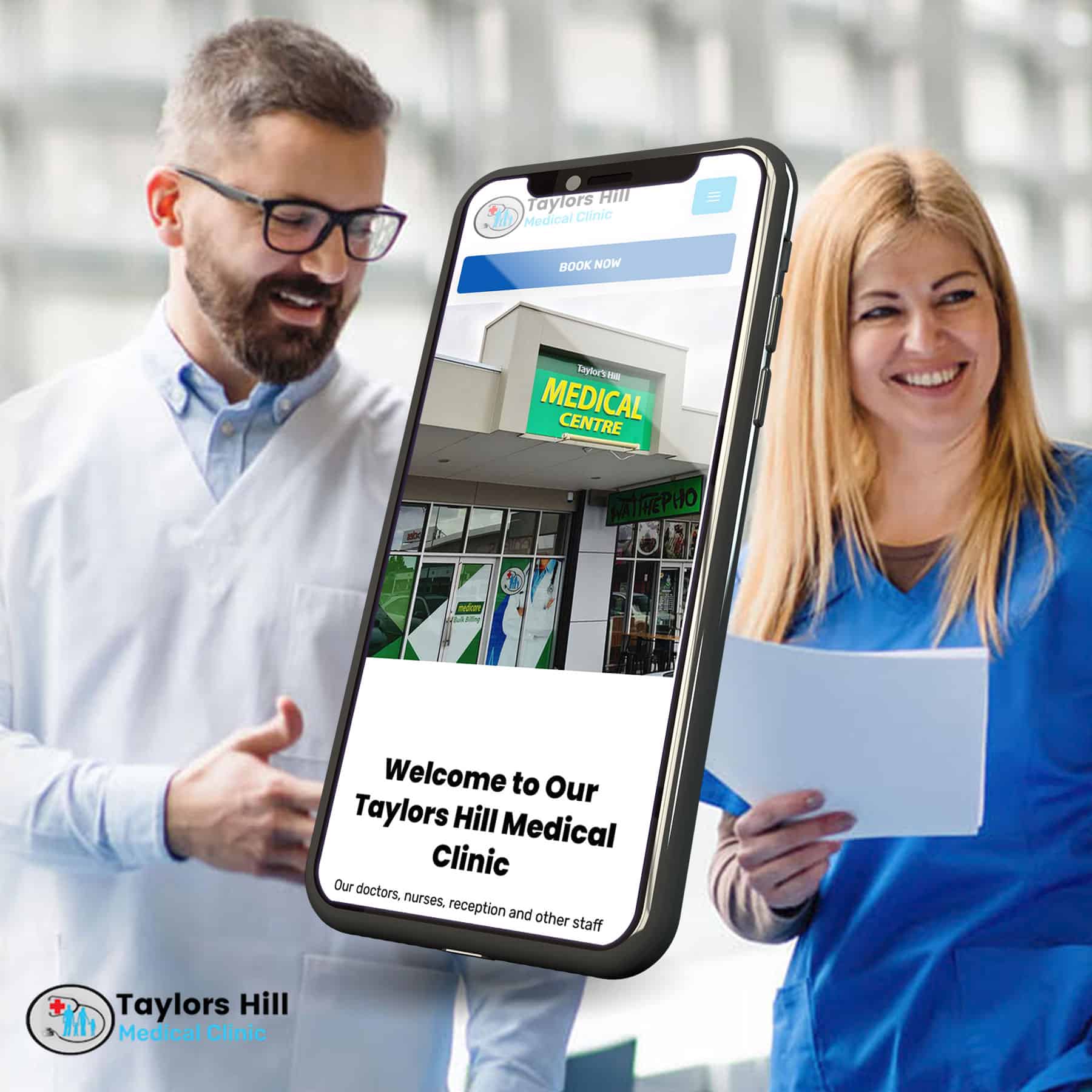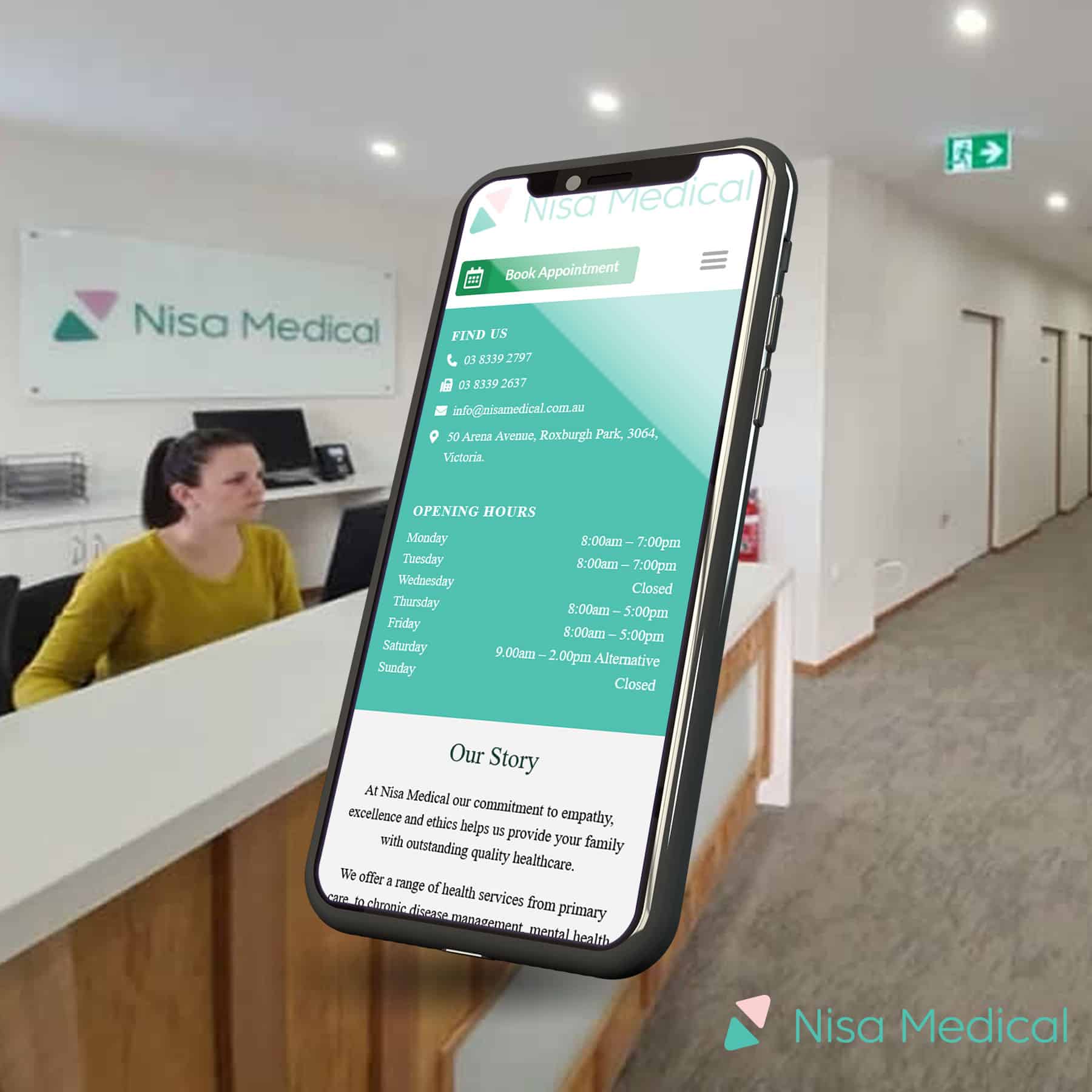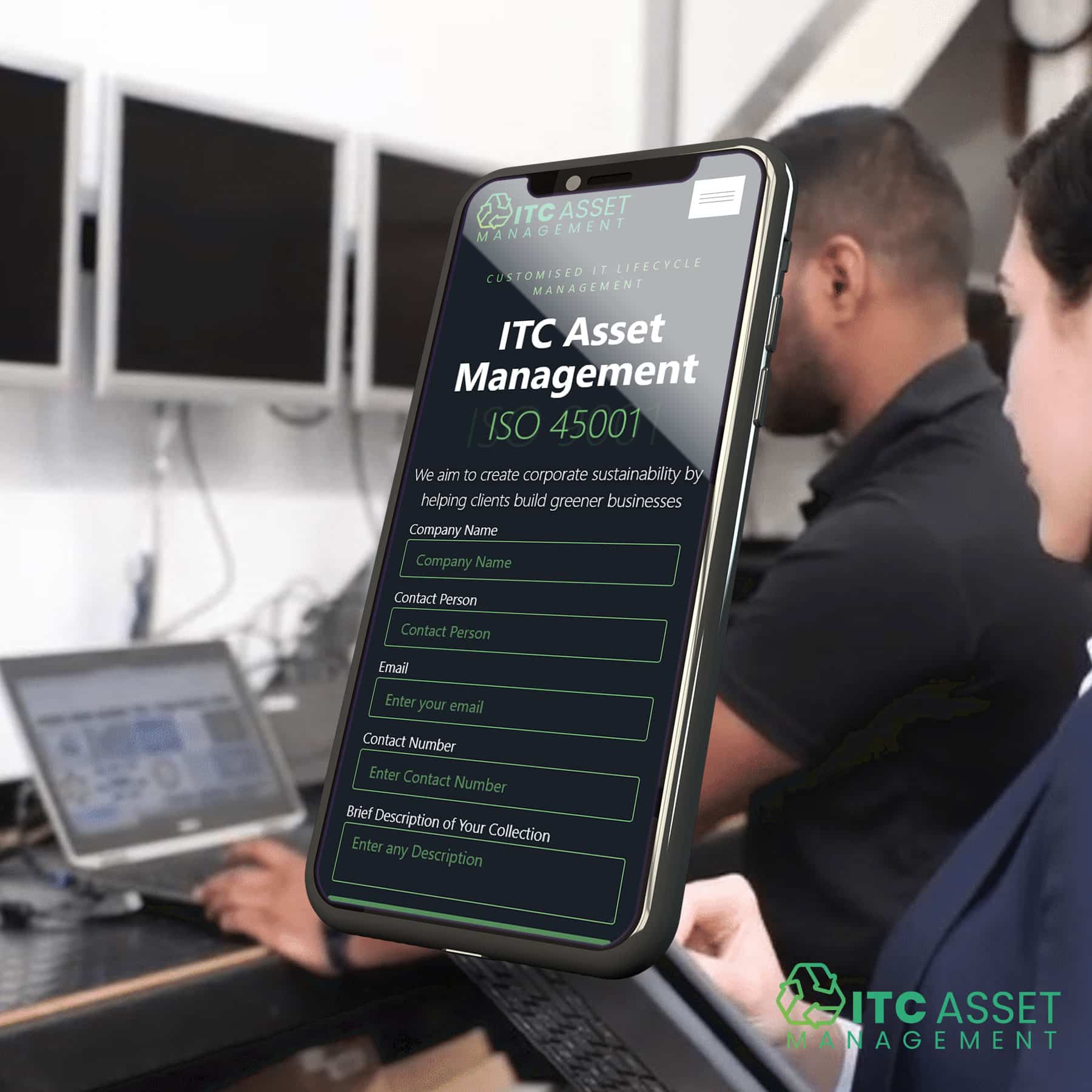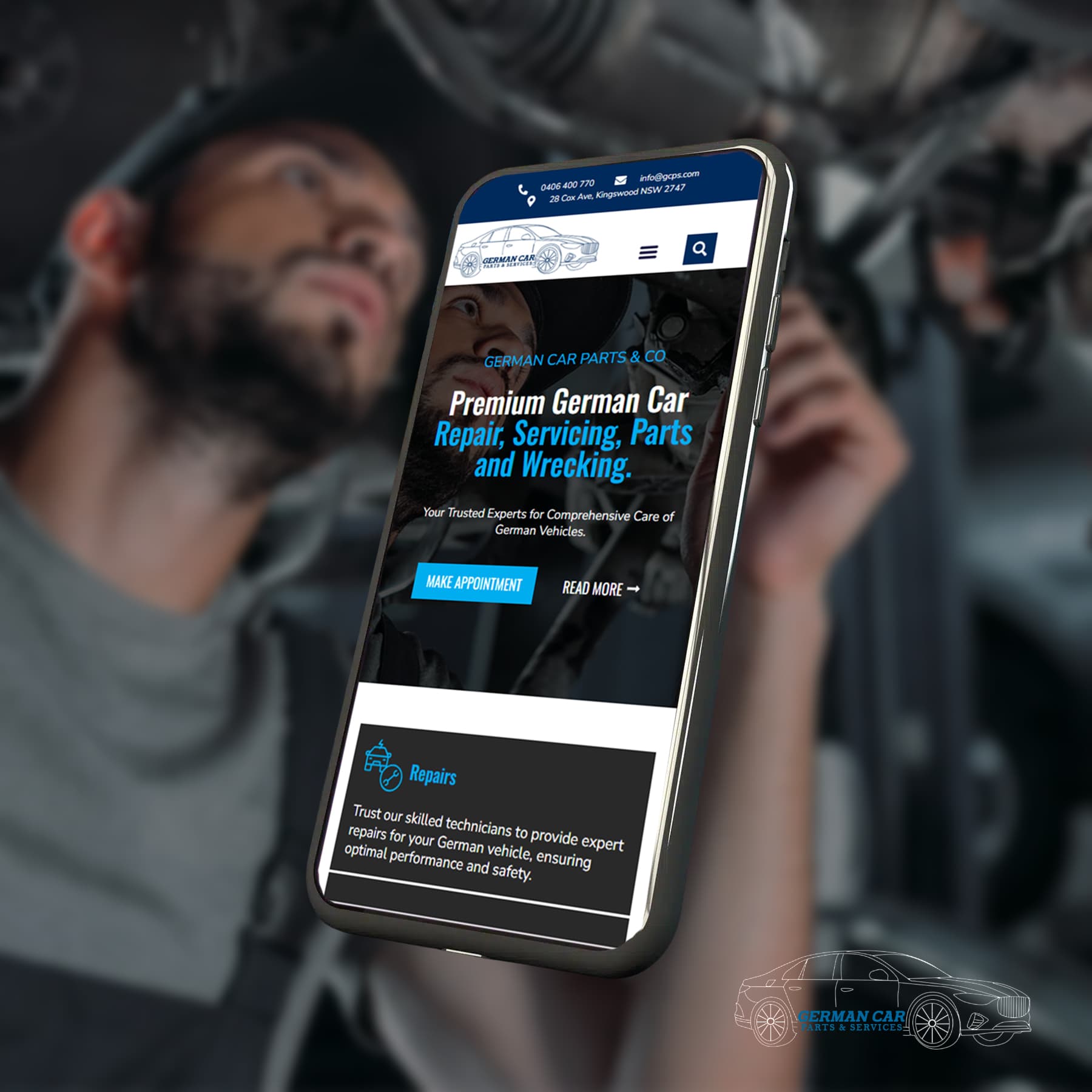How to Secure Your WordPress Site Against Common Threats
Understanding Common WordPress Threats
To effectively secure your WordPress site, it’s essential to understand the common threats you may face:
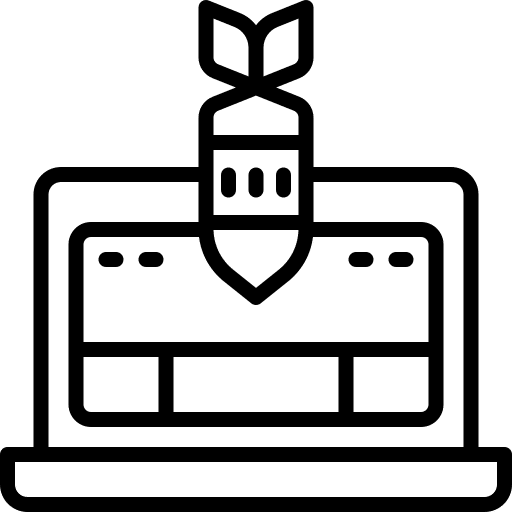
Brute Force Attacks
Brute force attacks occur when hackers attempt to gain access to your website by trying different username and password combinations until they find the correct one. This can be especially dangerous if your site’s login credentials are weak or commonly used.
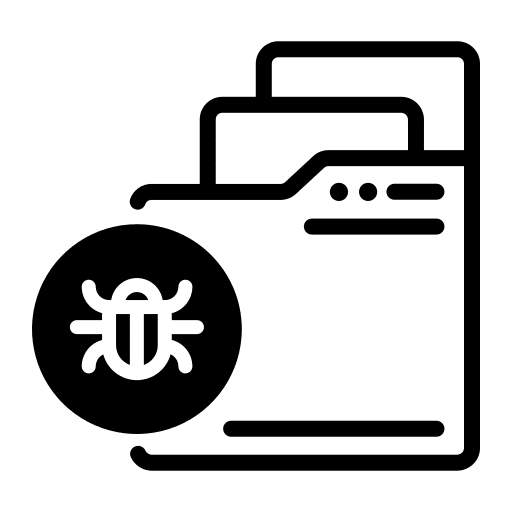
Malware and Viruses
Malware is malicious software designed to damage or disrupt a website. It can be used to steal sensitive data, deface your site, or spread viruses to your users. Malware can be introduced to your site through infected plugins, themes, or outdated software.
Web Design Owl offers comprehensive malware removal services to protect your website and restore its functionality.

SQL Injection
SQL injection attacks occur when a hacker uses a vulnerable input field to inject malicious SQL code into your database. This can lead to data breaches, loss of sensitive information, and even complete control over your website.

DDoS Attacks
Distributed Denial of Service (DDoS) attacks overwhelm your website with traffic, causing it to slow down or crash entirely. These attacks are often carried out by botnets and can lead to significant downtime and loss of revenue.

Phishing Scams
Phishing scams involve tricking users into providing sensitive information by pretending to be a trustworthy source. On WordPress sites, this often takes the form of fake login pages or fraudulent emails.
Building a Strong Foundation
Securing your WordPress site starts with building a strong foundation. Here are some essential steps to consider:

Choosing a Reliable WordPress Host
Your hosting provider plays a significant role in your website’s security. Choose a reputable WordPress web design agency that offers robust security features, such as SSL certificates, firewalls, and regular backups.

Keeping WordPress, Themes, and Plugins Updated
Outdated software is one of the most common ways hackers gain access to WordPress sites. Regularly update your WordPress core, themes, and plugins to ensure you’re protected against the latest vulnerabilities.
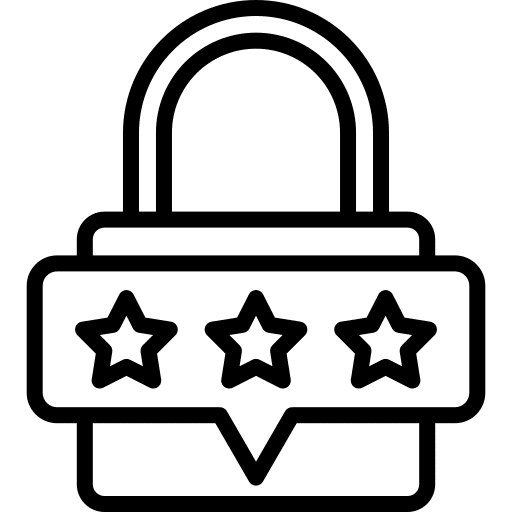
Creating Strong, Unique Passwords
Weak passwords are an open invitation for hackers. Use a combination of letters, numbers, and special characters to create strong, unique passwords for your WordPress admin area and other sensitive accounts.
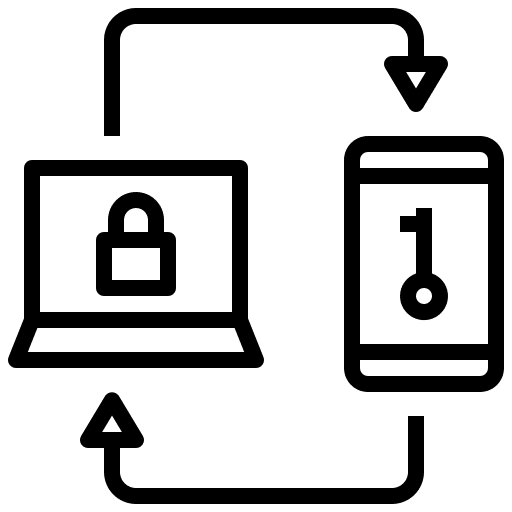
Enabling Two-Factor Authentication
Two-factor authentication adds an extra layer of security by requiring a second form of verification in addition to your password. This could be a code sent to your phone or an authentication app.
Let's Find Out Our Success Stories & Social Buzz
Enhancing Website Security
Once you’ve built a strong foundation, it’s time to enhance your website’s security further:
Regular Backups
Regularly backing up your website ensures you can quickly restore it in the event of a security breach. Use a reliable backup plugin to automate this process.
Using a Security Plugin
Security plugins offer a range of features designed to protect your site from common threats. They can scan for malware, monitor website activity, and block suspicious IP addresses.
Limiting Login Attempts
Limiting the number of login attempts can help protect against brute force attacks. After a set number of failed attempts, the user is temporarily locked out, preventing further guesses.
Securing Your WordPress Admin Area
Your WordPress admin area is a primary target for hackers. Change the default login URL, restrict access to your admin area by IP address, and consider password-protecting sensitive directories.
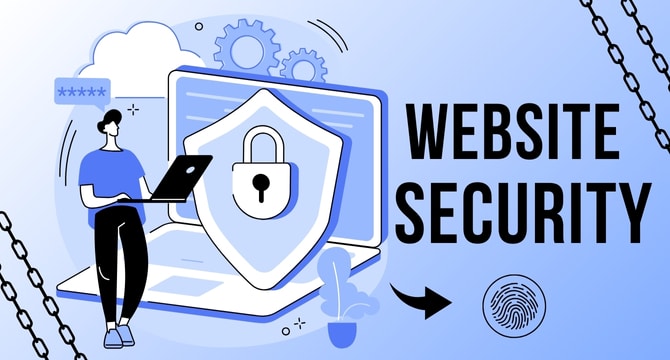
Additional Security Tips
To further safeguard your WordPress site, consider these additional security measures:
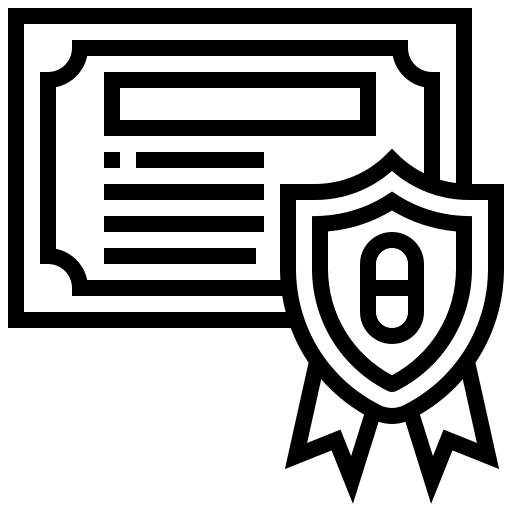
Firewalls and Security Certificates
A firewall acts as a barrier between your website and potential threats, blocking malicious traffic before it reaches your site. An SSL certificate encrypts data between your site and its users, protecting sensitive information.
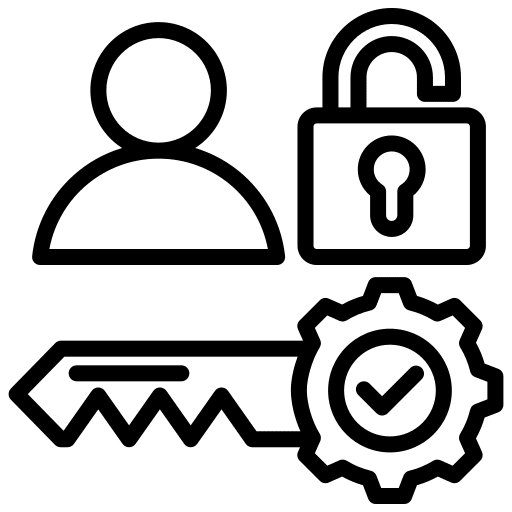
User Permission Management
Control who has access to your WordPress site by carefully managing user permissions. Only grant access to those who need it, and regularly review and update user roles.

Monitoring Website Activity
Keep an eye on your website’s activity logs to spot any unusual behaviour. Many security plugins offer this feature, allowing you to track logins, file changes, and other important events.
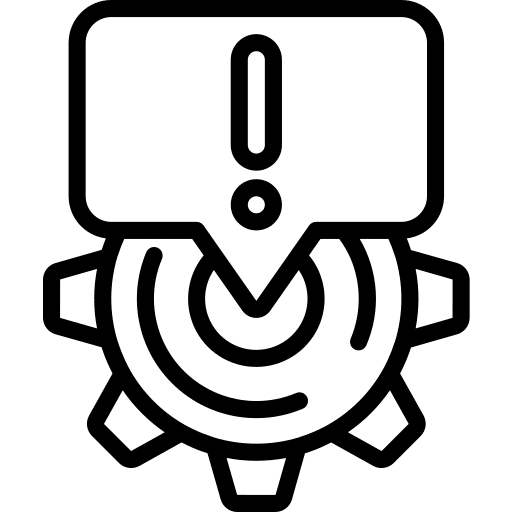
Staying Informed About Emerging Threats
Cybersecurity is an ever-evolving field. Stay informed about emerging threats and new security best practices to keep your WordPress site protected.
Conclusion
Securing your WordPress site is an ongoing process that requires vigilance and proactive measures. By understanding common threats and implementing essential security practices, you can protect your business from potential harm. For expert assistance in creating a secure WordPress website, contact Web Design Owl. With extensive experience in WordPress web design and development, we’re committed to helping you build a website that’s both functional and secure.
frequently asked questions
Why is WordPress a target for hackers?
WordPress is a popular CMS, powering millions of websites globally. This widespread use makes it an attractive target for hackers seeking to exploit vulnerabilities in outdated software, weak passwords, or poorly coded plugins and themes.
How can Web Design Owl help secure my WordPress site?
Web Design Owl offers comprehensive WordPress web development services, including the implementation of robust security measures. Our team can help you build a secure website by providing expert guidance, security plugin installation, regular updates, and more.
What is a brute force attack?
A brute force attack is a hacking method where attackers try multiple username and password combinations until they gain access to your site. Strong passwords and limiting login attempts are effective ways to prevent this.
What is two-factor authentication?
Two-factor authentication is an additional security layer that requires a second form of verification beyond your password. This could be a code sent to your mobile device or generated by an authentication app.
What is a security plugin?
A security plugin is a tool designed to protect your WordPress site from threats like malware, brute force attacks, and suspicious activity. It often includes features such as firewalls, malware scanning, and activity monitoring.

